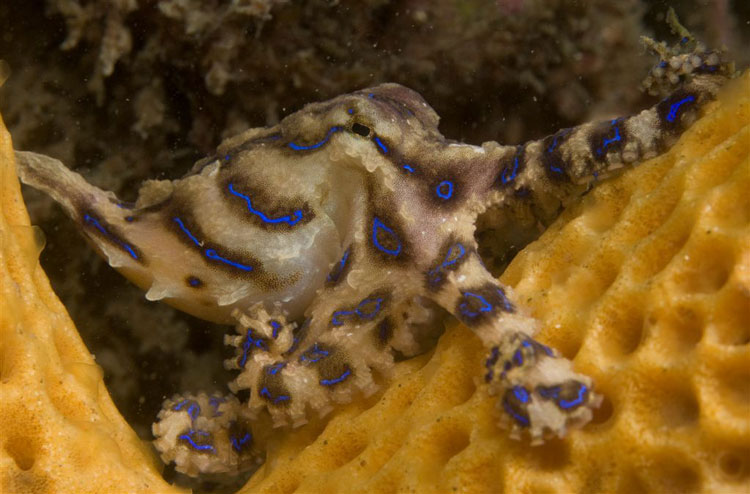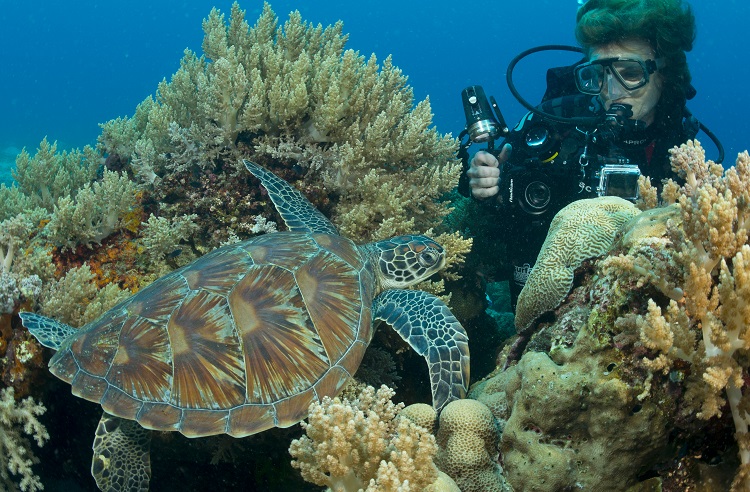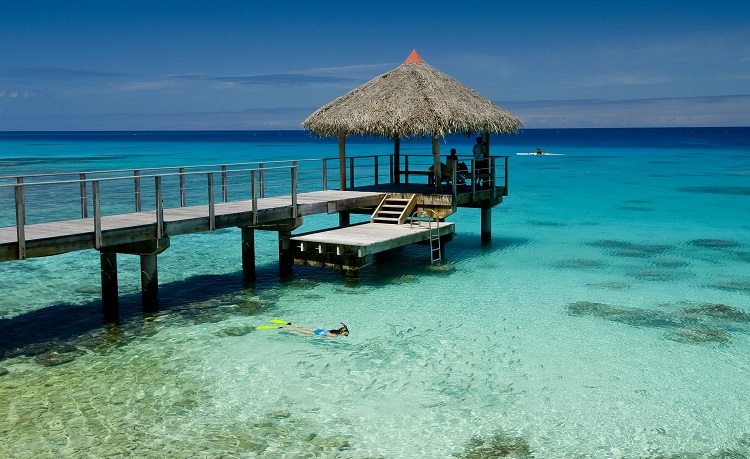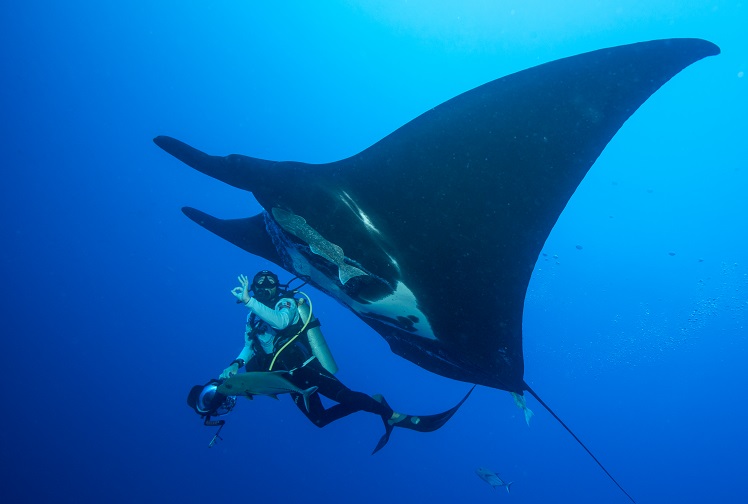Blue Lined Octopus
15-Sep-2011 Back to Image Gallery
The Pipeline is our favourite muck dive site at Port Stephens. Visibility rarely exceeds 10 meters however with dive depths of only 7-12 meters there is plenty of light and with prolific sponges and large cauliflower soft corals scattered over the sandy seafloor, this an excellent habitat for many small creatures rarely encountered anywhere else in NSW. It is also the hunting grounds of the Blue Lined Octopus, a close relative of the Blue Ring Octopus and just as deadly. Of course, if you leave them alone and don’t get too close, you have nothing to fear. Naturally this is just the opposite behaviour of a keen underwater photographer.
Photo Data: Location: Pipeline, Nelson Bay, Port Stephens, NSW, Australia Genre: Macro. Photo Data: Nikon D200, Nikkor 60mm lens, Seacam Housing, Dual Seacam Strobes, Manual Exposure Mode. ISO 100 Exposure f22 @ 1/60sec. Image by Kevin Deacon.
Photo Hints: Being successful at capturing images of blue lined or blue ring octopus has more to do with your hunting and spotting skills than your photography expertise. This octopus is a master of camouflage and excels at hiding in plain sight. I find if I just settle to the bottom and remain very still the marine life will accept me and start to move about. Those very movements give them away! If you find your octopus you should shoot as many pictures as possible since you are looking for an image that reveals the animal’s eye, suction discs and a nice coil to the legs. Otherwise you could just capture images of a blob!Good framing is crucial, you don’t want to exclude any part of the animal and its position in the negative space will affect the impact of your composition. As you will be working on the seafloor, avoid excess movement which will stir up the sand and try to ensure you are down current from your subject so disturbed sand drifts away, not into your picture area. Ideally your octopus will crawl onto a colourful sponge or backdrop that adds even more impact to the image. And, the ideal moment is when the octopus is flashing its blue lines or rings at you, it’s warning you are invading its comfort zone, be careful! I would never be this close to these creatures without wearing gloves. On one occasion the octopus jumped onto my hand. Believe me I did not leave it there long!
Interesting Facts: There are about seven species of Blue Ringed/Lined octopus and all are highly venomous. They range from Southern Australia to Tropical Asia/Pacific. The Blue Lined octopus, Hapalochlaena fasciata is common in NSW estuaries but rarely seen as they are shy and retiring creatures. The saliva in their bite contains the powerful nerve toxin, tetrodotoxin which prevents messages from the brain reaching the muscles. Thus the victim is paralysed and will die unless life support can be provided until the toxin wears off.



